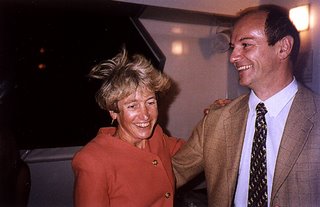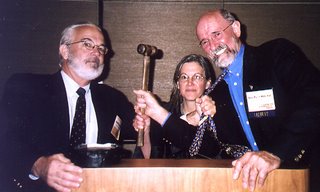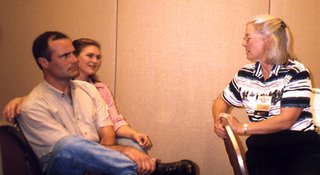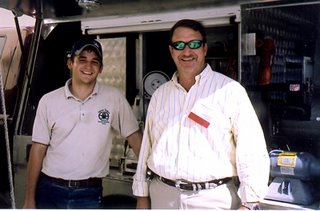A popular gift book for Christmas is always “Why Don’t Penguins’ Feet Freeze?” It’s been at the top of the nonfiction bestseller list in Great Britain and you can find it over here, too. The book is a collection of "Last Word" back-page essays from the science magazine,
New Scientist.
The catchy title is an easy question to answer for most
Hoofcare and Lameness readers, who have read the research of Dr. Chris Pollitt or been to his lectures.
I never thought the day would come when arteriovenous anastomosis shunts would roll off my tongue, but it has finally happened. Now I just have to get the spelling right!
"AVA" shunts change the direction of blood flow to aid in cooling or warming the extremities. They can act alternately as short cuts or detours to reroute blood as needed. Dr Pollitt’s video, “Horse Foot Studies” shows the fine blood supply of a rabbit’s ear and how it contains tiny shunts that prevent bunny ears from freezing in extreme cold.
If you want to learn more about penguins and how they survive in Antartica, the web site
"Cool Antarctica" has a very wonderful web page about their thermoregulation.
They make a point about penguins that is also true for horses: the muscles that control the feet are closer to the heart and mostly within the warmer body of the horse. Only the tendons and ligaments run down the limb; technically, the motors that control the rubber-band-like tendons that flex the foot are warm and wired.
Back to the gift book: you can pat yourself on the back for knowing the answer to the title question but there’s another one that bothers me: Why doesn’t super glue stick to the inside of the tube?
Maybe I’ll have to buy the book after all!
Seriously for a moment, though: Napoleon's cavalry reported excessive frostbite to their horses' feet during their miserable winter assault on Russia. And if the hypothesis is true that shoes restrict blood flow to the foot, wouldn't shod horses be more susceptible to frostbite in colder climates? (Ok, all you Vermonters and Alaskans, chime in!)






+x500px.JPG)









